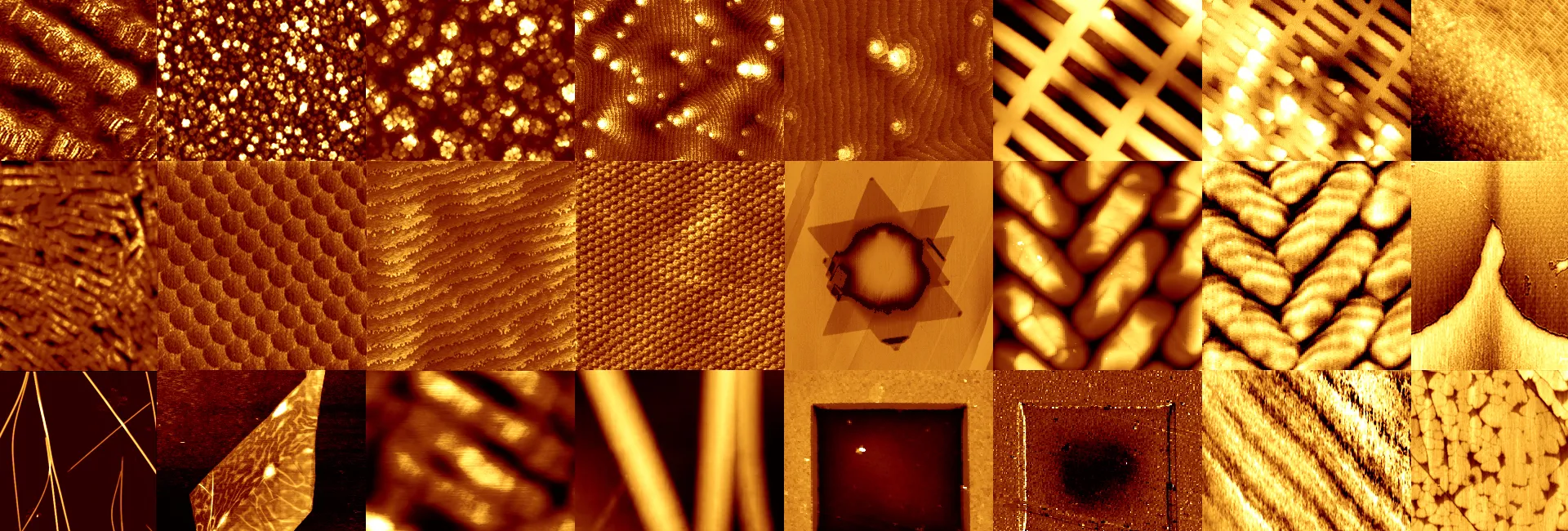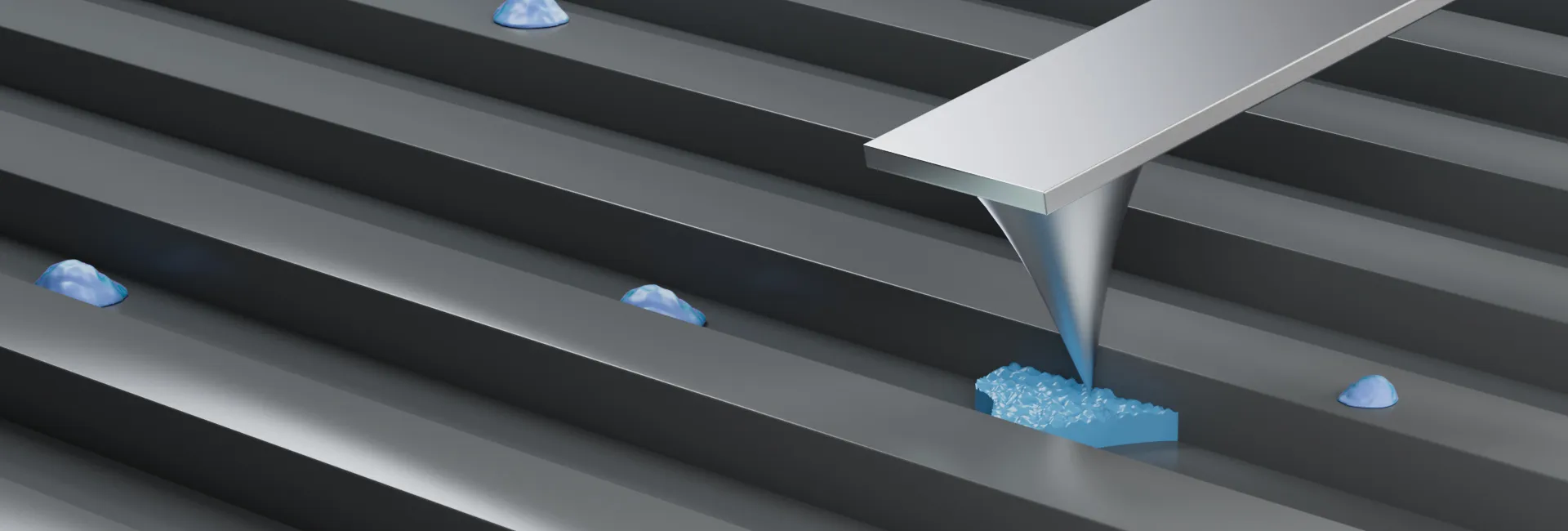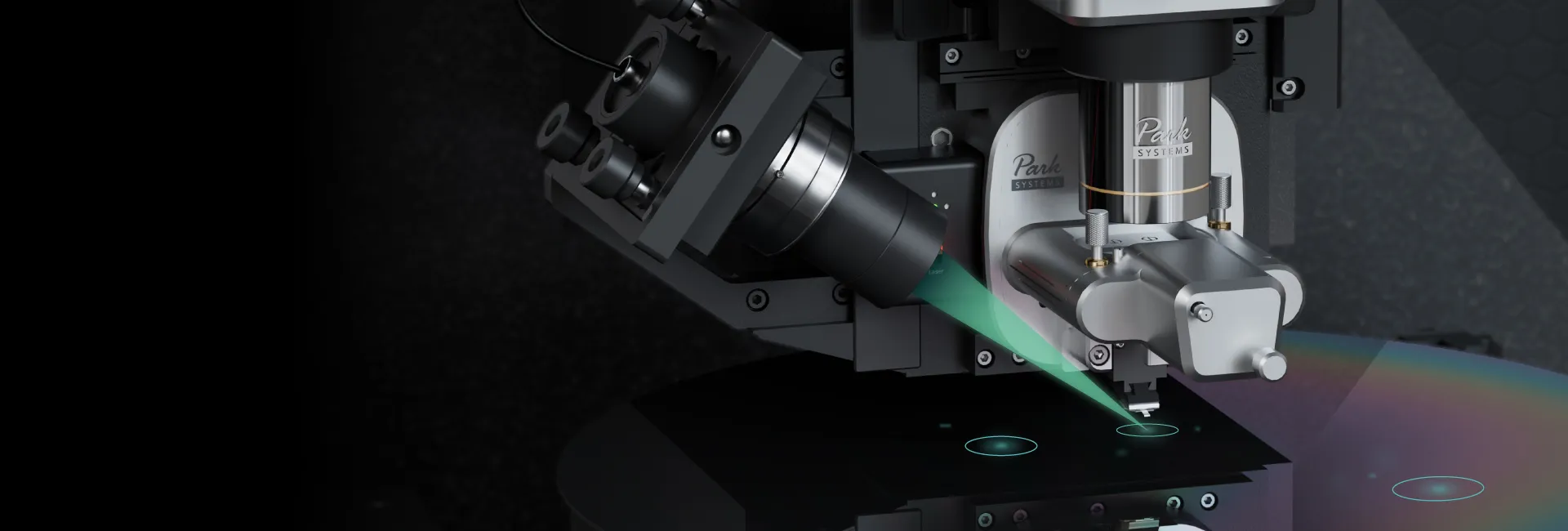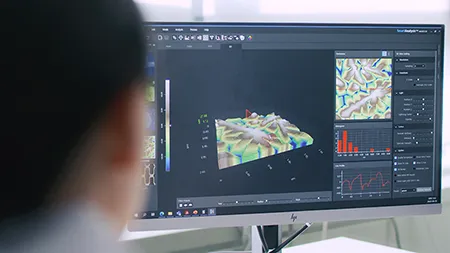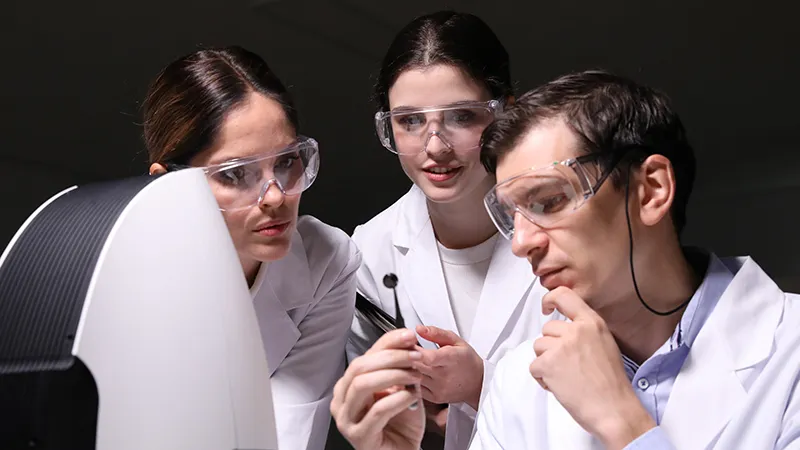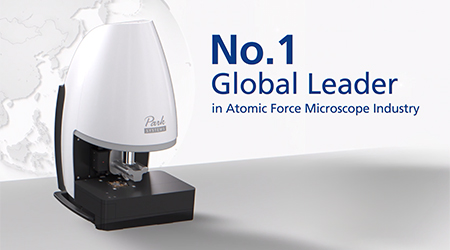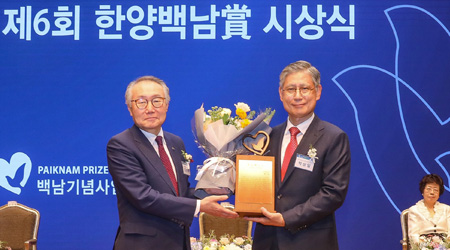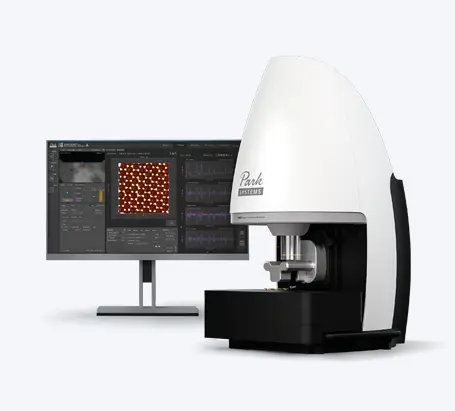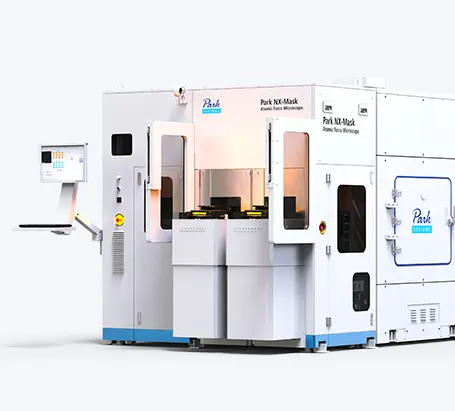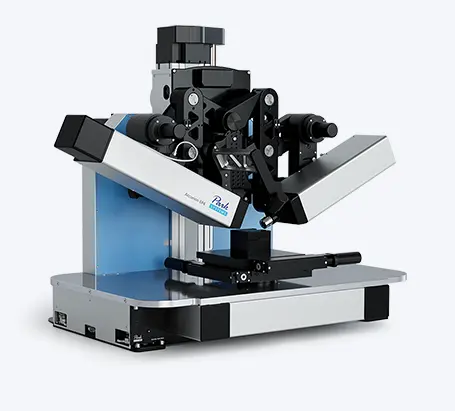SrTiO3 Surfaces by Using Park Systems Atomic Force Microscope
John G. Connell and S. S. Ambrose Seo
Department of Physics and Astronomy
University of Kentucky, Lexington, KY 40506
General considerations
Atomically flat SrTiO3 surfaces are necessary for epitaxial thin film and heterostructure growth. The common method of substrate surface preparation requires the use of BHF (buffered HF) [1]. This new method does not use any acid-etchant in its process.
Park AFM System Overview
Surface topography of the substrates is necessary in order to characterize the substrates for future heterostructure growth. The Park AFM’s non-contact tapping mode is perfect for imaging the step-terrace formations of SrTiO3 as well as other formations on the substrate surface. The non-contact tapping mode allows us nanometer resolution without disturbing the surface of the substrate.
Substrate surface evolution via acid-ecthantless method
Figure 1.a and f show the topography and line profile of the SrTiO3 substrate after annealing at 1000C for 1 hr. in air, respectively.
Figure 1

Notice the ~2 nm hills on the surface of figure 1 a. Figure 1 b and g show the sample after the acid-less etchant technique. Figure 1.c and h shows the sample after annealing at 1000C for 1 hr. in air. Figure 1 d and i shows the sample after a second etchant treatment. Figure 1.e and j shows the sample after annealing the substrate at 1000C.
Notice from Figure1.a through c how the ~2nm hills are reduced. In d and e the resolution of the Park AFM allows us to see the small double steps and pits, which are clear in the average line profile.
Conclusion
The Park AFM’s non-contact tapping mode easily gives us publishable images time after time. We plan to continue to use it as an integral part of our research as well as one of our primary methods of atomically flat substrate characterization.
References
[1] Masashi Kawasaki, Kazuhiro Takahashi, Tatsuro Maeda, Ryuta Tsuchiya, Makoto Shinohara, Osamu Ishiyama, Takuzo Yonezawa, Mamoru Yoshimoto, and Hideomi Koinuma Science 2 (1994) 1540-1542.








